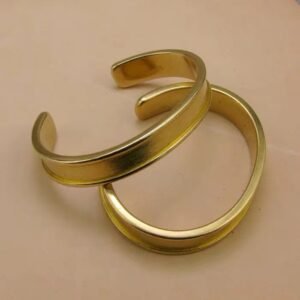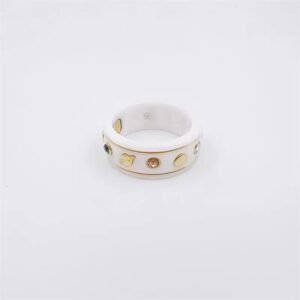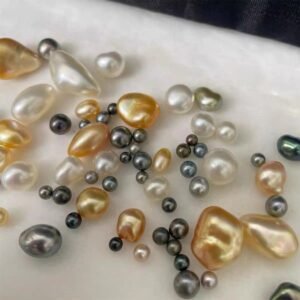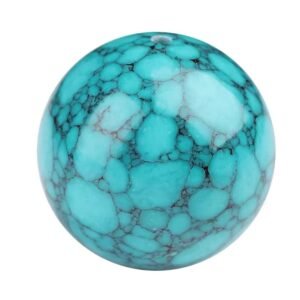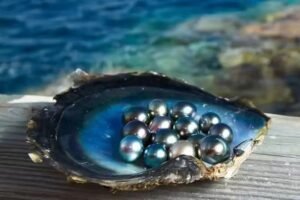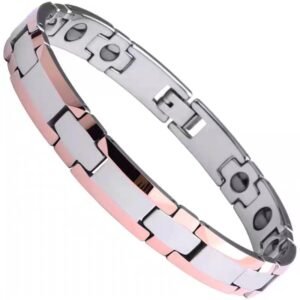Pearls are organic gemstones and can be divided into two main categories, saltwater pearls and freshwater pearls, based on their growth environment, and natural growth pearls and cultured pearls based on their composition, so let’s take a look at the standard varieties in the pearl world!
Conch pearl
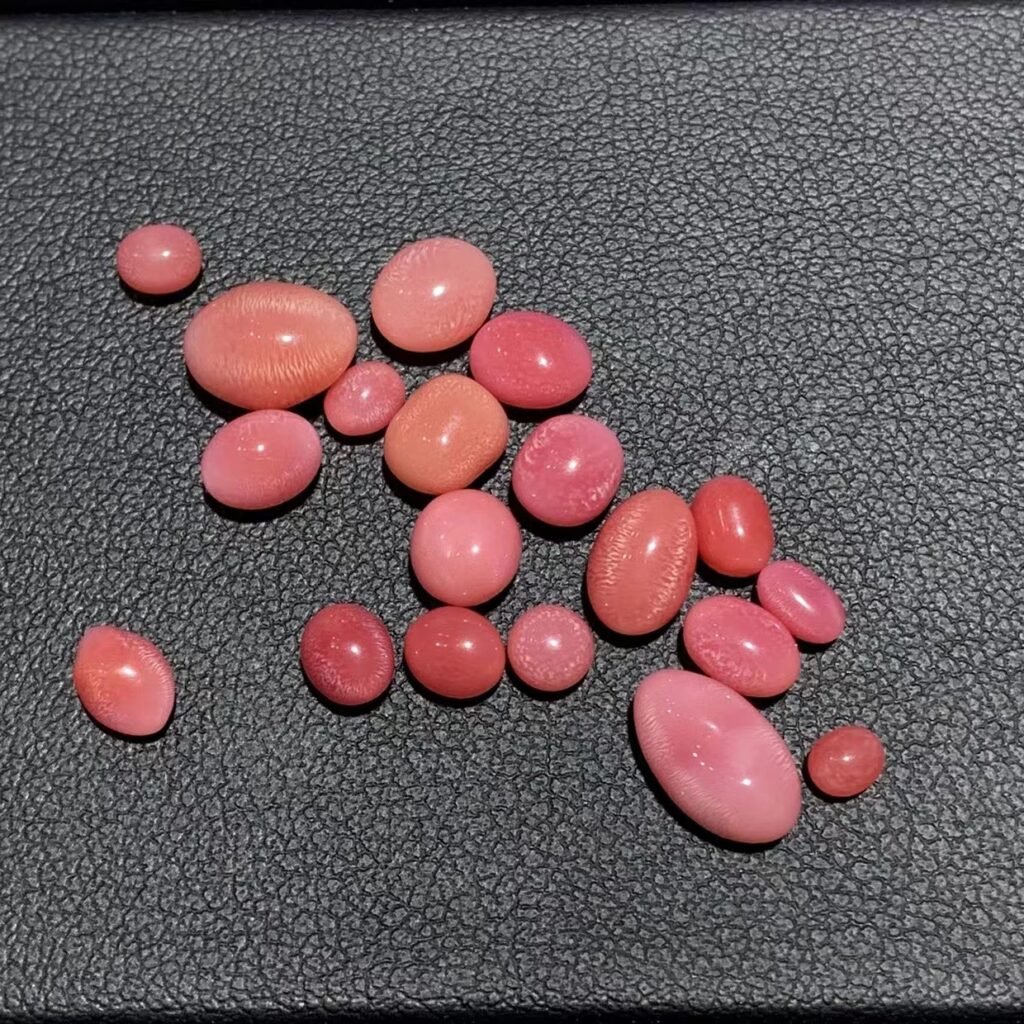
A conch pearl is a pinkish-looking pearl that grows inside a conch. Conch pearls have a wavy “flame” texture structure and a creamy porcelain appearance. They are rare and highly valued because they are scarce and cannot be cultivated by hand.
Melo Pearl
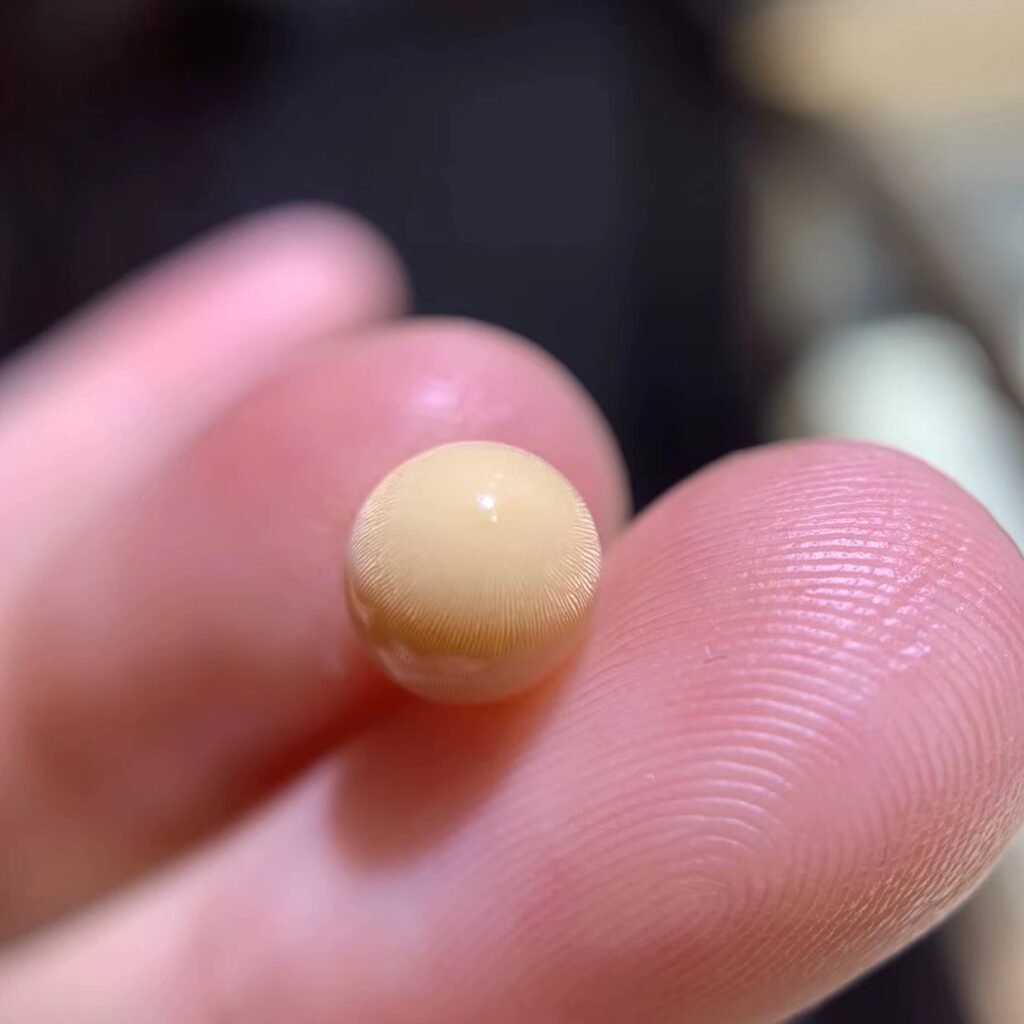
Melo pearls are very unlike pearls in appearance because they do not have the traditional layers of pearls. Melo pearls are produced in the conch and are very rare and precious; the chances of finding them from the conch are a few thousand to one. The chances of being able to mine a Melo pearl in its entirety in a large size and of good quality are even lower.
Abalone pearl
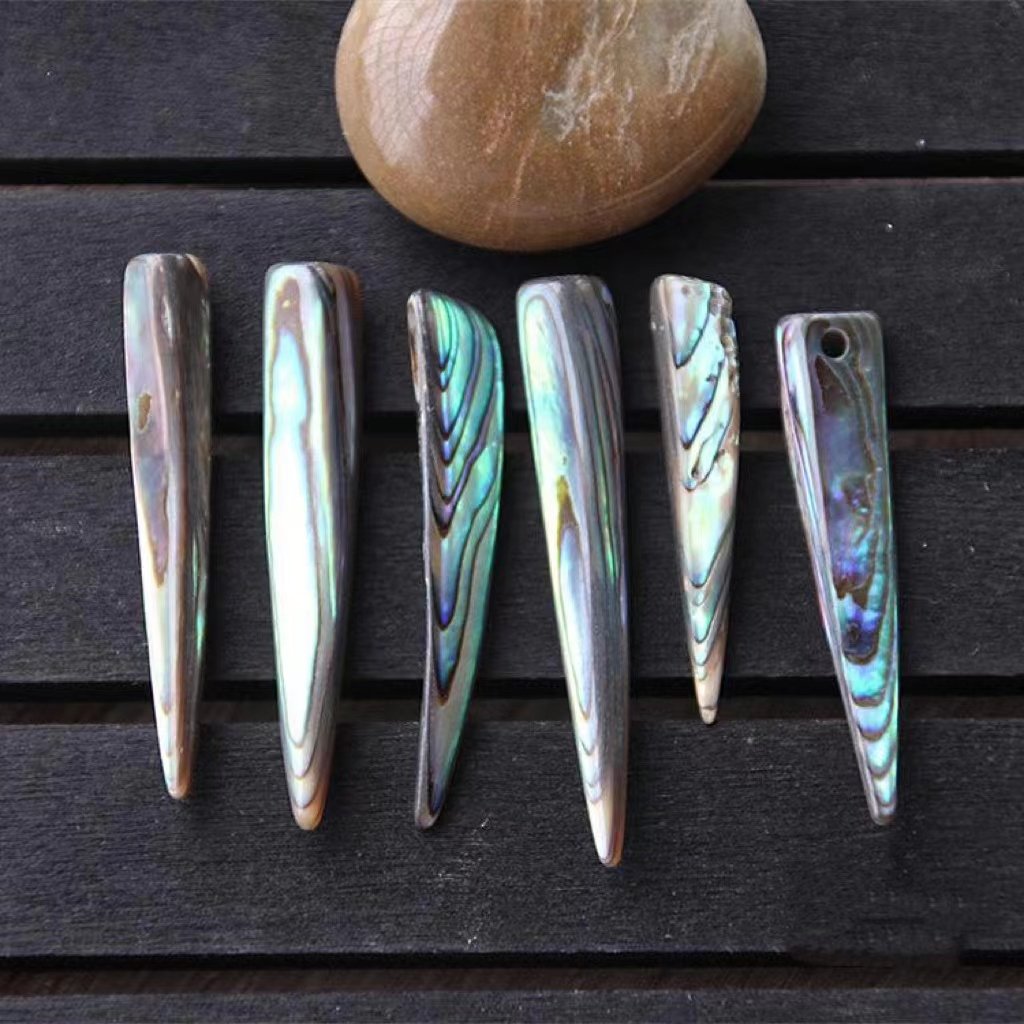
Abalone pearls are pearl-like objects that grow inside abalone and are primarily flat and round, occasionally appearing like teeth or ice cream cones. Abalone pearls are rich in color, naturally occurring, and cannot be artificially cultured.
Tridacna
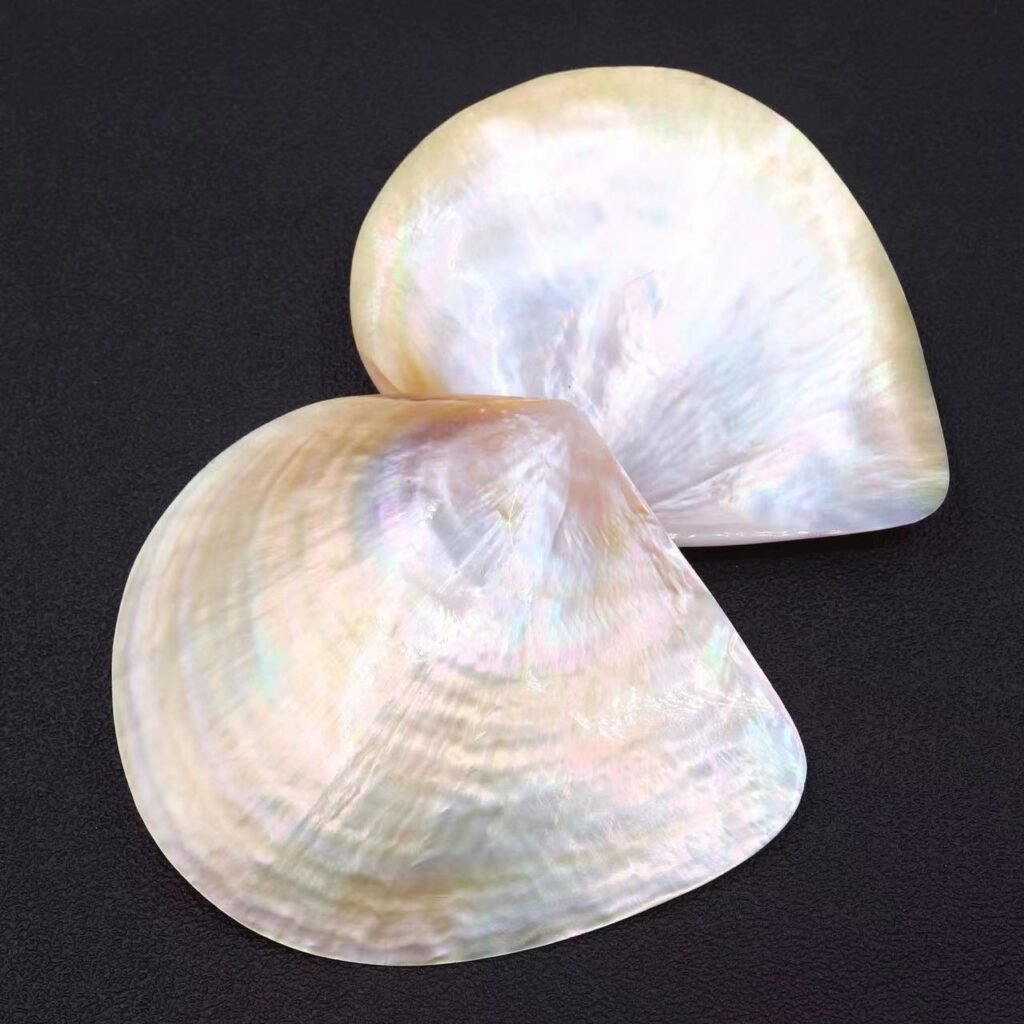
Tridacna is a marine shellfish that is an organic gemstone. It is also used as a Buddhist sacred object. It does not have a pearl layer and is more common in literature.
Freshwater pearl
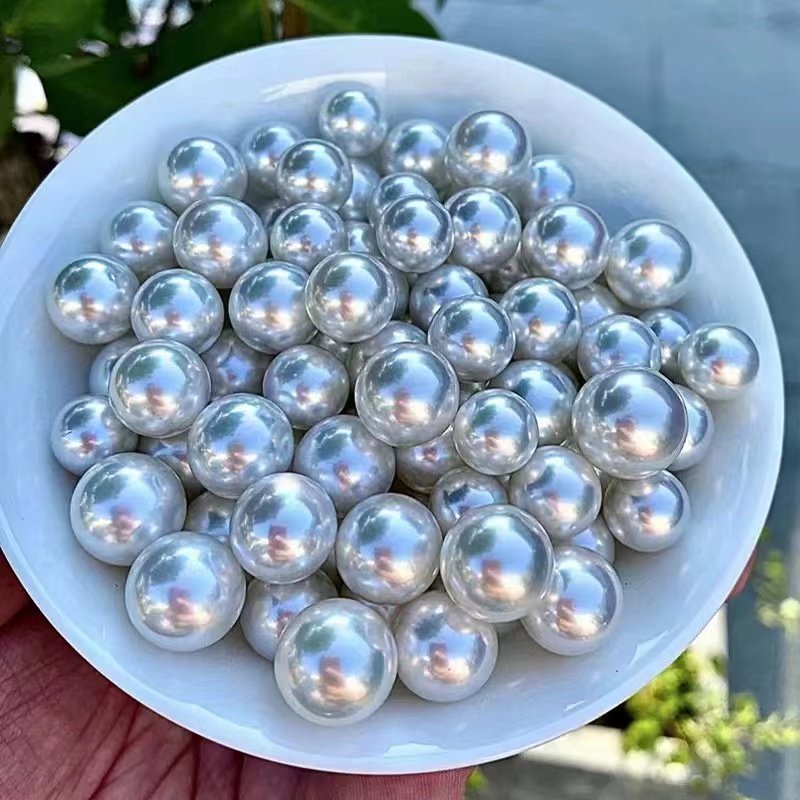
Freshwater pearls are those produced in rivers and are more widely distributed in the market.
Mabe pearl
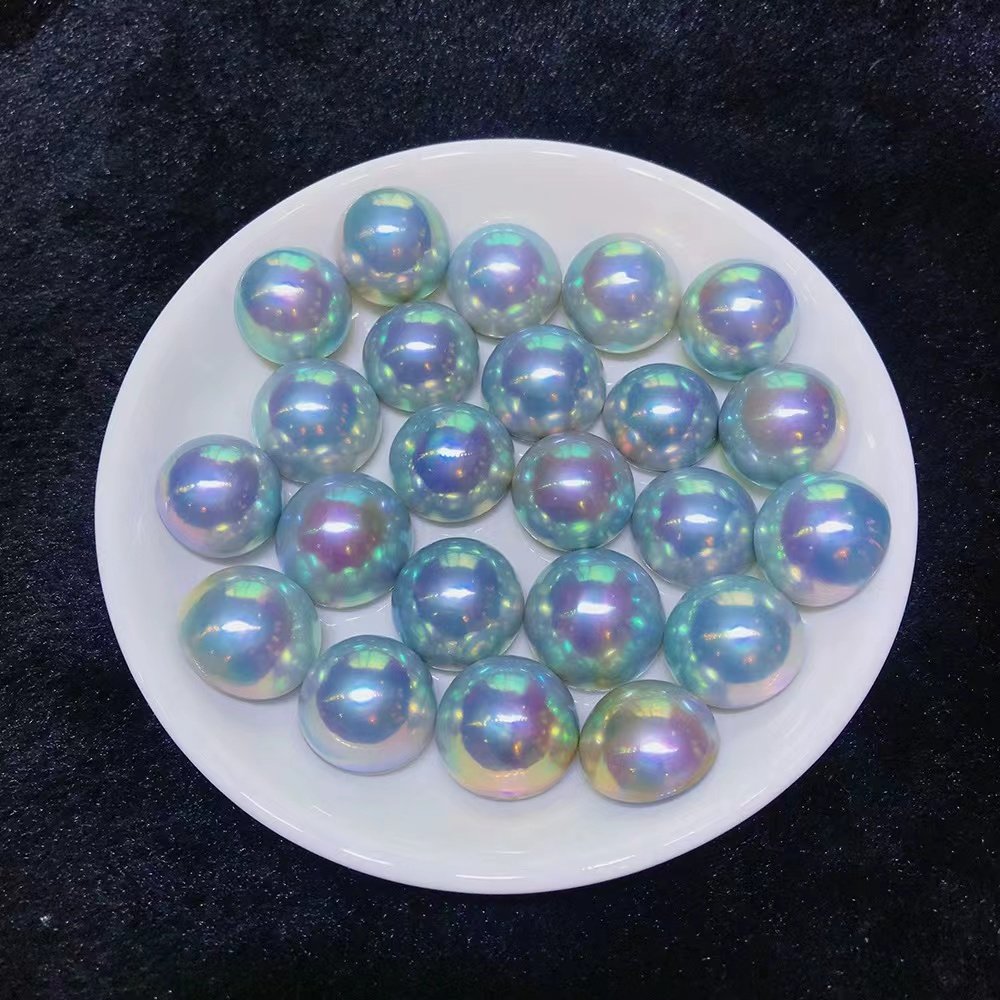
A mabe pearl is a half-round pearl. Mabe pearls are loved for their vibrant and delicate iridescent luster.
Akoya pearl

The classic Akoya pearl is produced in shallow cultured mahogany shells with a thin layer of beads. Akoya pearls are also made in China, mainly in Guangxi and Guangdong.
Australian South Sea white pearl
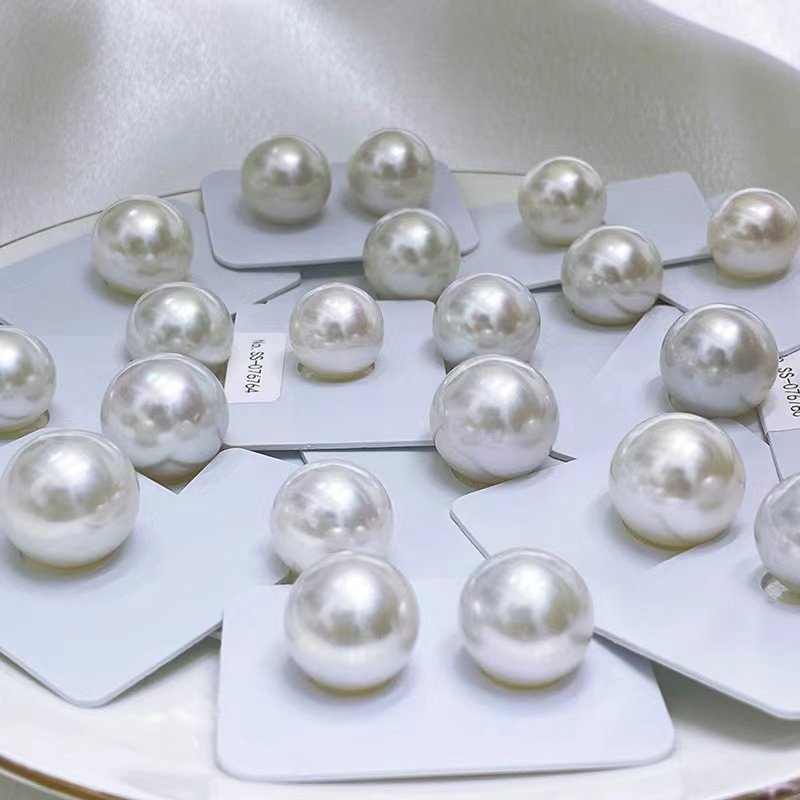
The typical Australian white pearls belong to the large South Seas white pearls family. They are generally called Australian South Seas white pearls because they are the most abundant in Australian waters.
Southern Ocean gold pearls
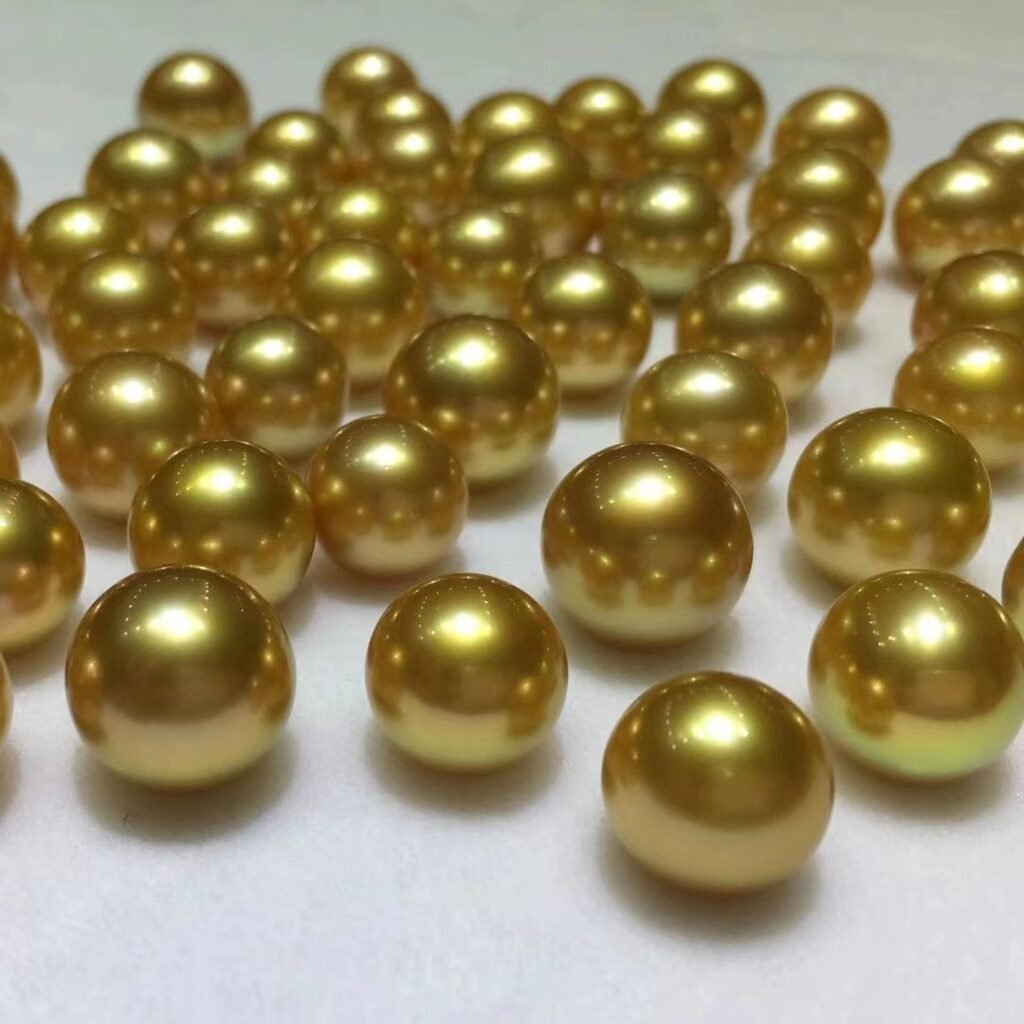
Southern Ocean gold pearls are produced from deep-sea farmed gold butterfly shells; the bead size is generally 8~20mm, and the primary origin is Burma, Philippines, and Indonesia. The beads are of excellent quality, and the color is rich and gorgeous. It is trendy among the public.
Tahitian pearl
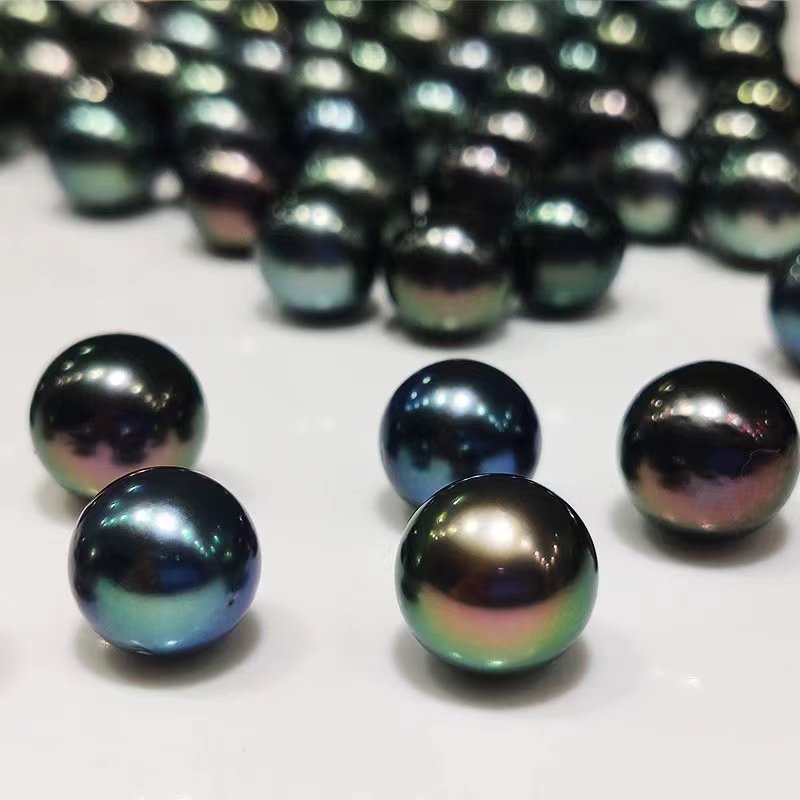
Tahitian black pearls are the product of black butterfly shells. It has a distinctive illusionary color, rich and varied, and is highly prized.

